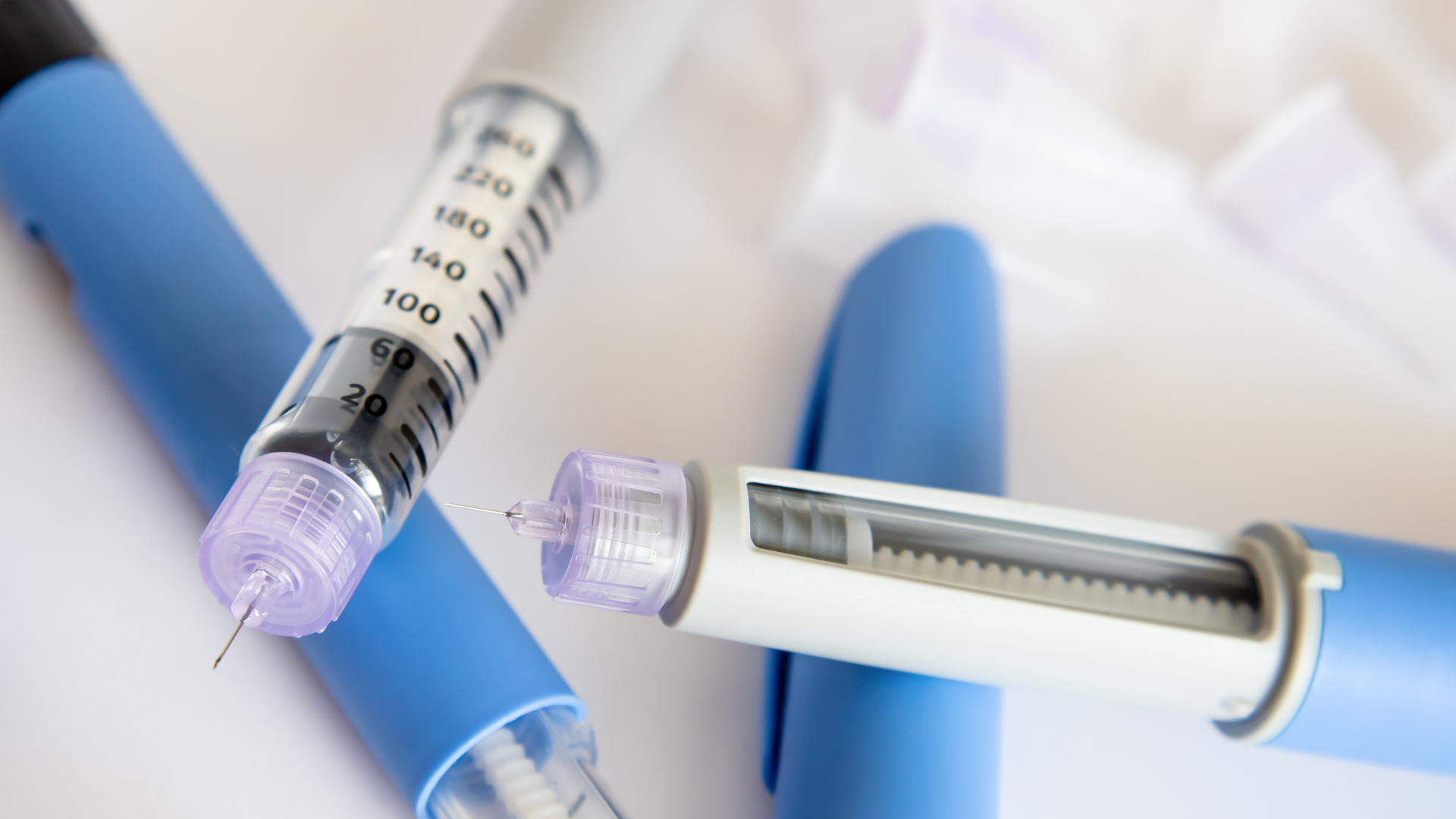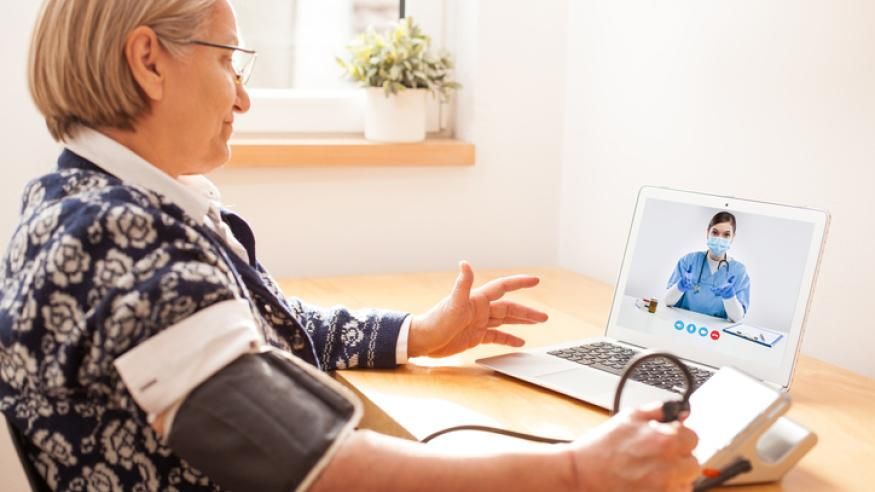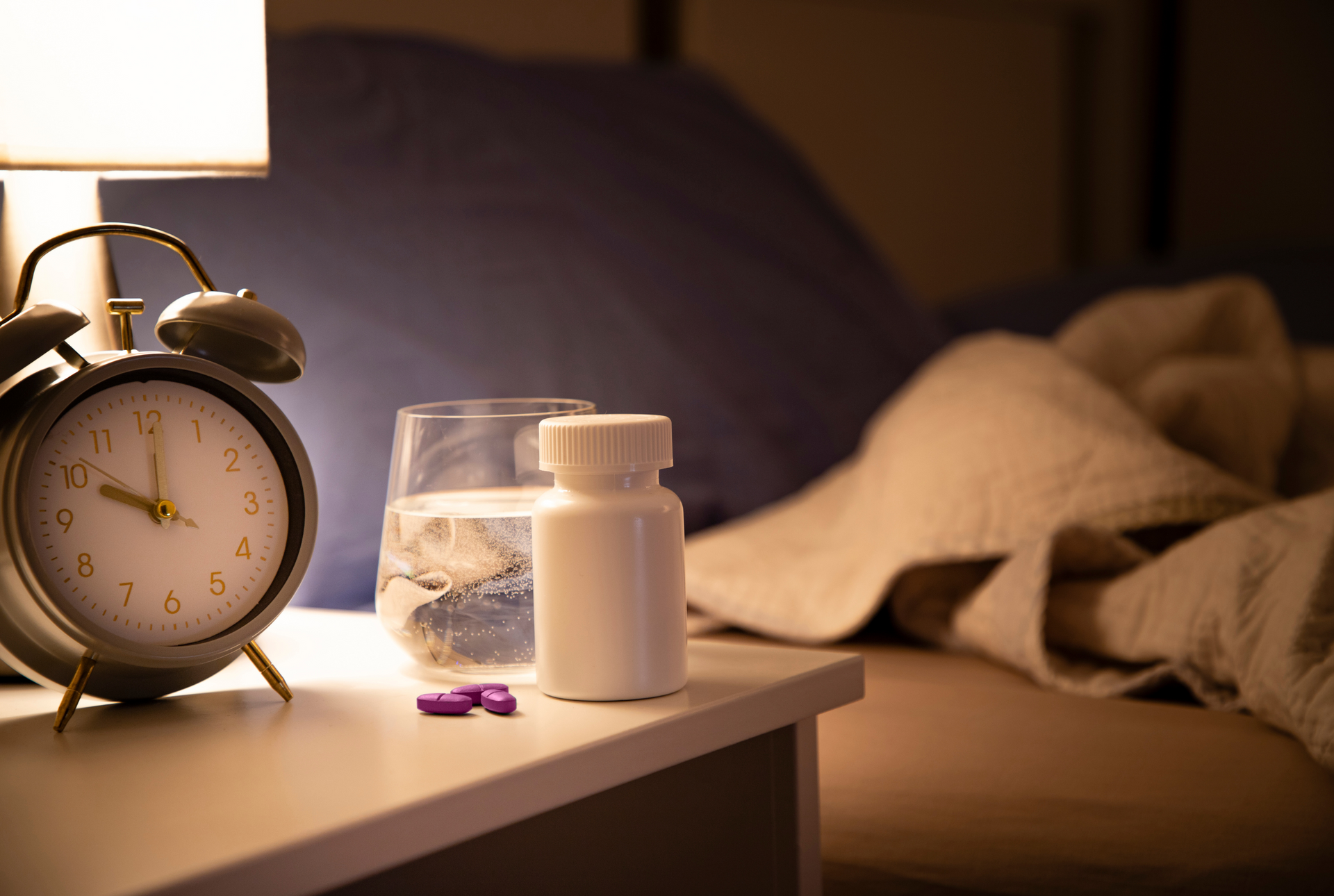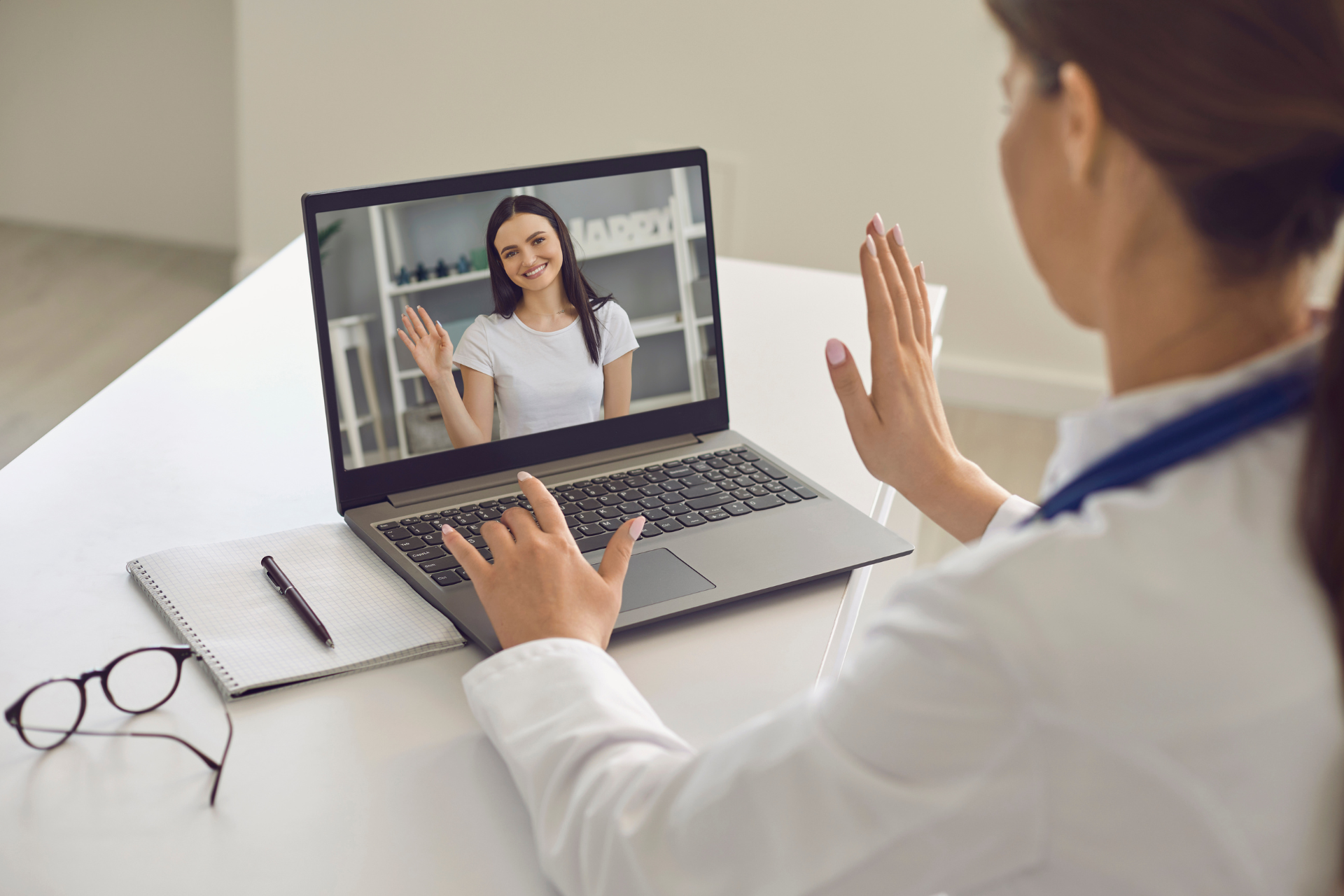Looking for Support To Manage Diabetes?
Key takeaways:
- Diabetes self-management education and support programs (DSMES) are taught by multidisciplinary healthcare teams trained to help people with type 1 and type 2 diabetes set, reach, and maintain their individual health goals.
- DSMES programs have been shown to help people with diabetes feel more empowered to manage their diabetes, lower their A1C, and increase time in range.
- Most insurance plans, including Medicare Part B, cover up to 10 hours of diabetes education as an initial benefit.
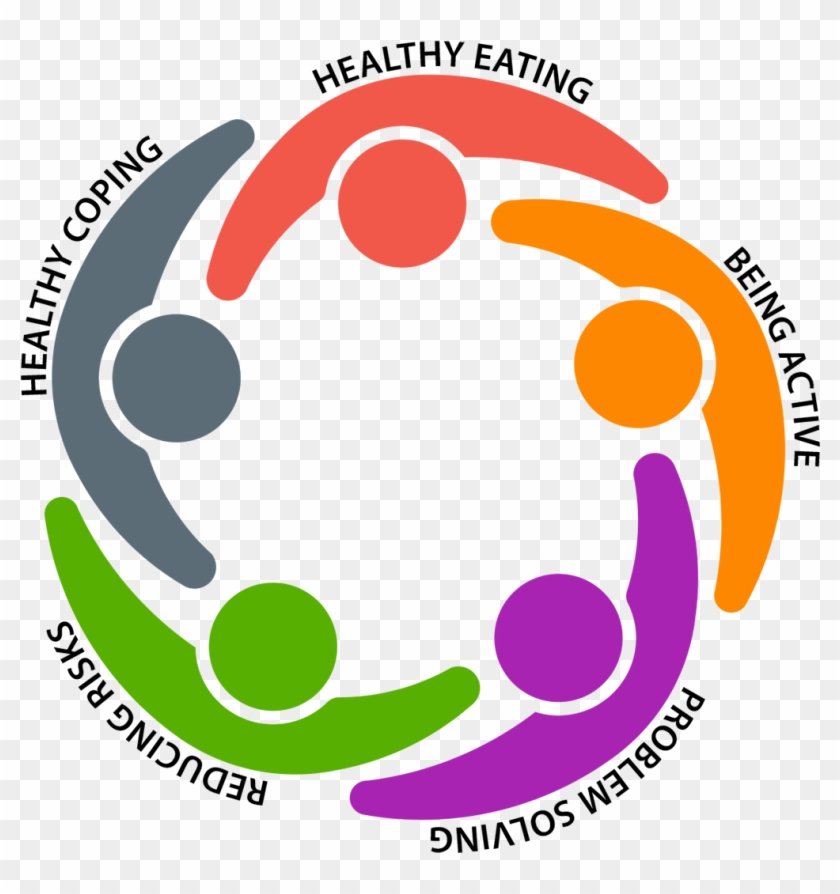
Diabetes self-management education and support (DSMES) is a method of care designed to help you learn how best to take care of your health and life, holistically, together.
The approach aims to help you understand the optimal way to eat, stay active, and attend to your mental health and life obligations, while keeping your glucose levels in range.
Recognizing that each person’s diabetes and life circumstances are unique, DSMES aims to tailor care to fit a person’s whole life. The programs place attention on the individual beyond just the need to manage a chronic disease.
Benefits of diabetes education
DSMES programs have been shown to help people with diabetes feel more empowered to manage their diabetes and lower their A1C by as much as 1%. In addition, DSMES services can help people slow down health complications related to diabetes, like eye damage and heart disease, or avoid these complications altogether.
Benefits of DSMES include:
- Improved A1C levels
- Improved management of blood pressure and cholesterol levels
- Higher rates of medication adherence
- Fewer or less severe diabetes-related complications
- Healthier lifestyle behaviors, such as better nutrition, increased physical activity, and use of primary care and preventive services
- Enhanced self-confidence to manage diabetes
- Decreased health care costs, including fewer hospital admissions and readmissions
Anyone with type 1 or type 2 diabetes can benefit from DSMES. Caregivers and healthcare providers can also benefit. For instance, parents of children with diabetes may find it helpful to learn diabetes management alongside their children. Through DSMES, healthcare providers can stay up-to-date on diabetes self-care practices as well.
How does DSMES work?
Through DSMES programs, diabetes educators teach a variety of skills to help people take ownership of their daily diabetes management, including how to check blood sugar, use technology, develop routines to take medication, incorporate healthy eating and activity into daily life, and cope with stress and diabetes distress. DSMES is offered both through in-person and online programs.
Kyle Lavrgne, vice president of clinical programs at CenterWell Home Health, one of the nation’s largest home healthcare providers, said that a recent pilot program exploring DSMES approaches to treating some of their homebound clients with diabetes has been encouraging. It's a multidisciplinary effort, he said, bringing together medication management, physical therapy, mental health, social worker assistance, speech therapy, and home health care.
“We are really trying to be patient-centric and meet them where they are,” said Lavrgne, who is also a nurse. “Providing DSMES in the home can really help to improve medication adherence, prevent complications, assist with healthier lifestyle behaviors, self-efficacy and empowerment, and better outcomes.”
The approach is collaborative, seeking to educate people about how to become more independent in their self-management of their condition, he said. This often includes helping people understand how to use technology such as continuous glucose monitors (CGM), which they might have but may not be using correctly, or at all.
“When we go into the home of someone on a CGM, we begin by asking, ‘What is your time in range?’” Lavrgne said. “If they say they don’t even know what that means, then we begin to educate them so they can begin to understand what it means and what they can do to improve their time in range.”
Dr. Zoltan Pataky, professor of medicine at the University of Geneva and part of the Unit of Therapeutic Patient Education at the World Health Organization, said therapeutic patient education (TPE) shares many of the same characteristics with DSMES. The point, he explained, is to go beyond treating just the disease and make it a lifelong process for the particular person.
The reason why approaches like DSMES and TPE are so effective, Pataky explained, is that they take into account the complexity of both the disease and the person. The word “patient,” Pataky said, is not adequate.
“I should say we have more than a patient because being a patient is not the person’s choice,” he said. “We have a person living with diabetes, who has his family and professional life, everyday stress, and pleasures. He has his life on top of the disease.”
“The challenge now is how to integrate this person into our medical reality. He is still a person first,” Pataky added.
DSMES is a multidisciplinary approach in which the person and various medical professionals with diverse specialties – doctors, nurses, psychologists, dieticians, coaches – work together as a team to understand the specific needs and challenges of that individual.
“We could not help people manage their diabetes without keeping all this in mind,” he said.
DSMES services must also meet standards established by the Centers for Medicare and Medicaid and are recognized by either the Association of Diabetes Care & Education Specialists (ADCES) or the American Diabetes Association (ADA).
What is the format of the service?
DSMES is typically taught in person in group settings. One-on-one settings can be arranged if needed. The provider who refers you to DSMES will recommend the number of hours of education based on your specific needs (more on referrals below). Diabetes education services are also available through various apps and web platforms.
In-person DSMES programs
Anyone with diabetes can benefit from in-person classes on diabetes care and management.
People who are newly diagnosed with diabetes can learn key self-care practices, such as counting carbohydrates, dosing insulin and other medication, and monitoring blood sugar.
Also, people who have questions about specific aspects of diabetes have a chance to dive deep into different parts of diabetes management and get their questions answered.
DSMES can also be helpful for people who are changing treatments and need help adjusting to new medications or dosing schedules. The small-group classes provide an ideal setting to go over injection techniques, learn how to use diabetes technology, and troubleshoot any challenges that come up when switching treatments.
How can I find a DSMES program close to me?
- Ask your current healthcare provider for a referral.
- Enter your location into the Association of Diabetes Care & Education Specialists’s search tool.
- Copy and paste the program name into Google to find a phone number for the program.
- Call to find out specific information about cost and registration for that DSMES program.
Online and app-based programs
If you can’t attend an in-person program, consider using an online platform or app. Livongo and BlueStar are both officially approved to deliver diabetes education services. A number of apps exist related to weight loss and healthy eating, such as myfitnesspal and LoseIt!, though there are also several that specifically focus on diabetes.
- Livongo is a diabetes management program that provides 24/7 access to support from certified diabetes care and education specialists (CDCES) for people with type 1 and type 2 diabetes. These CDCES reach out to users within a few minutes if a blood sugar reading is too high or low. The Livongo app also includes diabetes education and personalized tips. Livongo is free to use and is paid for by an employer, health plan, or health provider.
- BlueStar by Welldoc offers education and support for adults with diabetes. The app provides real-time, individualized feedback based on tracking of diet, activity, and sleep as well as motivational support and videos. BlueStar is offered in prescription and wellness program versions and is often reimbursed through insurance like a medication.
Do I need a referral?
Yes, you will need to be referred by the qualified health provider you currently see for diabetes treatment. A referral is necessary to participate in the program and get the costs covered by health insurance. The qualified health provider can be:
- A physician
- A nurse practitioner
- A physician assistant
If your provider doesn’t bring up DSMES on their own, don’t hesitate to bring it up and ask for a referral. The referral must indicate:
- How many initial or follow-up hours of DSMES will be involved
- Which topics should be addressed
- Whether the person should receive education in a group or one-on-one setting (or a combination of both)
How much does it cost?
Most insurance plans, including Medicare Part B, cover up to 10 hours of diabetes education as an initial benefit for people diagnosed within the preceding year. This training usually includes one hour of individual support and nine hours of group sessions.
After the initial benefit is used, Medicare covers two hours of DSMES each calendar year as a follow-up benefit. Call your health insurer directly to confirm whether DSMES is covered.

The bottom line
Diabetes education is an important – and often overlooked – part of managing your condition. These group sessions can benefit people at all different places in their diabetes journey, from when you are recently diagnosed to anyone looking to refresh their knowledge or try out a new type of diabetes treatment.
Another benefit of DSMES is the camaraderie that can develop. Not only do many people forge meaningful friendships, but they can also learn a lot from their “diabuddies.” It can be inspiring to see others adopt and practice lifestyle changes to manage their diabetes; Participants will have a much better chance of adopting new healthy behaviors when they know others are trying them, too.
Regardless of your diabetes type or journey, DSMES can be beneficial – it’s never too late to join a local class or a virtual session.
Healthy Bites



